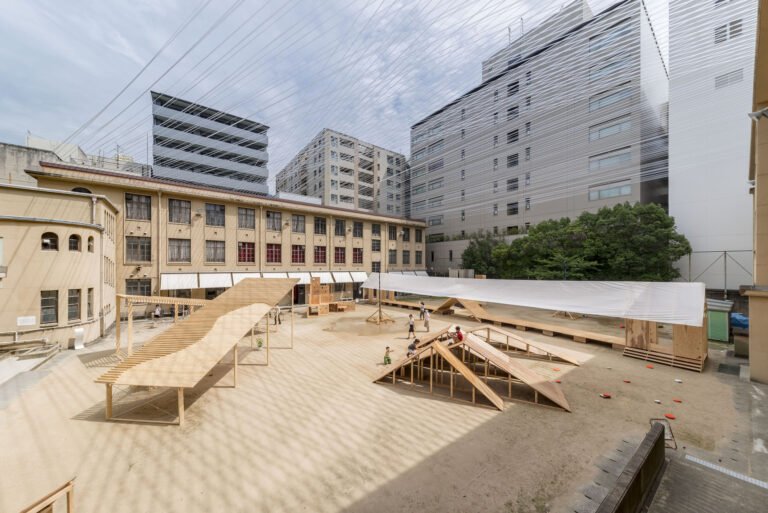November Architecture Billings Index reports another drop
October saw the first decline in the American Institute of Architect’s (AIA) Architecture Billings Index (ABI) after 20 months of consecutive growth, and as predicted, the downward trend in scores continued into the month of November. The monthly report released by the professional organization reported a score of 46.6 for November, down from 47.7 the previous month—any score below 50 indicates a decline in firm billings. The scores, aggregated from responding firms, signify a drop in both current and incoming work. The score for new contracts dropped from 48.6 last month to 46.9 in November.
In addition to reporting a nationwide score, each month the AIA’s report is broken down regionally. In September the Northeast reached its highest pace of growth in recent years, but for November it saw the largest decline of all four regions with a low score of 42.4, down from 50.3 in October. The only region to report an increase in billings, albeit a small one, was the South coming in at 50.5, only a slight dip from the previous month’s 50.6. The West and Midwest also both reported a decrease in billings with scores of 45.8 and 47.6, respectively.
Despite strong gains in the earlier half of the year, firms specializing in institutional projects reported a decline in the month of November. In October the sector’s score was 47.7, which has dropped quite substantially to 54.3. Residential and commercial/industrial sectors had already seen a dip in billings in recent months, and the trend continued with scores of 44.2 and 46.1.
November’s report asked architects to look forward to 2023 and articulate their expectations and concerns for the upcoming year. Responding firms are “largely optimistic” despite the recent decline in billings. 63 percent expect a “good to great” year, while 16 percent predict “a challenging or disastrous” year. Firms with annual billings above $1 million tended to be more optimistic than those reporting less billings.
As for concerns, the issues that plagued the industry in 2022—construction and material pricing and increasing profitability—remain at the top for the upcoming year, as well. Other concerns for architects are related to staffing, such as filling positions, retaining current staff, and maintaining competitive pay. And as the workforce continues to emerge out of the pandemic-era world of remote work, more than 60 percent of respondent firms shared that employees continuing to work remotely is “not at all” a concern.
The ABI report also referenced the most recent edition of the Federal Reserve’s Beige Book, released late last month, suggesting that the economy-wide rising inflation, higher interest rates, and tightened credit standards will continue to impact building and construction.
With one month left in the year that saw some very high highs, it is more than likely that December will report a billings decline as well, leaving us to hope the year ahead sees an upward trend.




